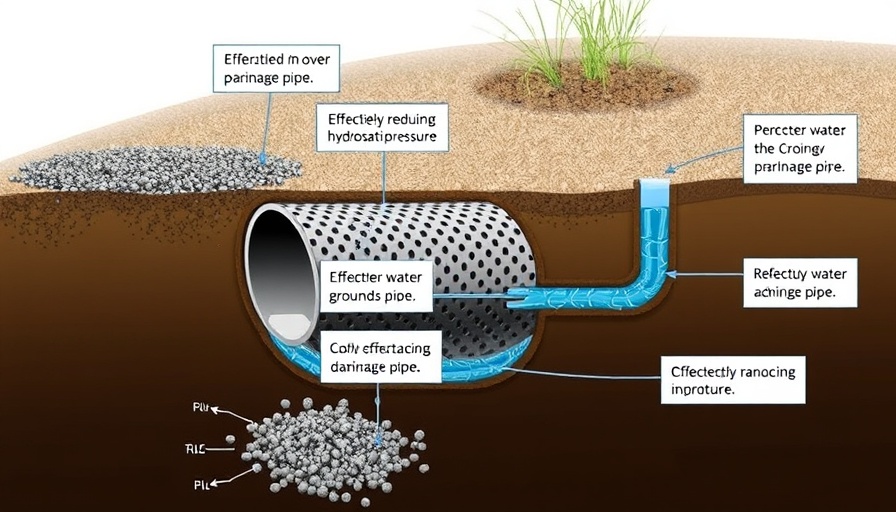
The Aral Sea: A Reflection of Environmental Loss
Once the fourth largest lake in the world, the Aral Sea is now a haunting reminder of environmental mismanagement and human shortsightedness. Situated in Central Asia, this brilliant expanse of blue was not just a body of water but a lively ecosystem, brimming with diverse fish species and providing livelihoods to approximately 60,000 fishermen. As a vital source of sustenance and a hub of community for generations, the sea was a treasure to its local inhabitants.
In 'The Sea We Killed: Can We Engineer an Ocean Back to Life?', the discussion dives into the profound implications of environmental neglect and the power of restoration projects, exploring key insights that sparked deeper analysis on our end.
How Human Ambition Led to a Tragedy
In the 1960s, the Soviet government embarked on a massive irrigation project intending to turn the Central Asian desert into a lush cotton and rice-producing region. This plan involved diverting the two main rivers that fed the Aral Sea, the Amu Darya and the Syr Darya. Prioritizing cotton production over the sea meant devastating consequences for the ecosystem it supported. As water levels began to recede, the remaining water became increasingly saline, eventually poisoning the aquatic life that once thrived.
The Consequences of Environmental Neglect
What followed is now regarded as one of the worst environmental disasters in history. As the sea shrank, entire towns faced economic collapse, communities were displaced, and dust storms from the exposed seabed caused respiratory issues for thousands. The Aral Sea's tragic fate serves as a powerful example of what can happen when human ambition overrides ecological considerations. It teaches us that the shortsighted pursuit of economic gains often leads to long-lasting damage.
Turning the Tide: The Coaral Dam Project
In the face of overwhelming loss, hope emerged in 2005 when Kazakhstan, with the help of international funding, constructed the Coaral Dam. Unlike previous engineering projects aimed at exploitation, this dam was built to restore the North Aral Sea by channeling water back into it. The results have been remarkable; water levels have risen, salinity decreased, and aquatic life has begun to flourish once more. This project stands as a beacon of resilience, showcasing the profound impact of dedicated restoration efforts.
Lessons Learned and Future Insights
The resurgence of the North Aral Sea emphasizes the importance of long-term sustainability over short-term gain. Future initiatives focused on eco-restoration could transform other environments facing similar crises. It calls upon communities and governments to rethink their relationship with natural resources, shifting focus to sustainable practices that promote ecological balance.
Our Role in Environmental Preservation
Every individual has a role in advocating for sustainable practices that protect our environment. From reducing water consumption to supporting local initiatives that promote conservation, little actions can lead to making a significant difference. As members of our communities, we should engage in discussions around conservation and seek ways to contribute positively to ecological health.
Conclusion: Moving Toward a Sustainable Future
The story of the Aral Sea is not just a tale of loss; it's also a story of hope, healing, and resilience. It serves as a potent reminder of the repercussions of neglecting our environment and the potential we have for restoration. As we look to the future, let us remember that the health of our planet directly impacts our well-being. It’s time to take proactive steps, rewriting our narrative from one of devastation to one of restoration.
 Add Row
Add Row  Add
Add 






Write A Comment